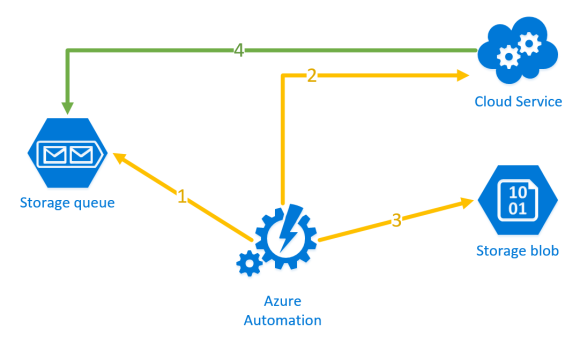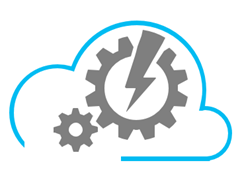The Challenge
As developers, we deal with lots of complexity, and this is a good thing. It forces us to be creative, and sometimes to go beyond our known universe to overcome challenges.
Microsoft Azure is designed to help us make the right choices. It imposes performance targets through a multitude of mechanisms like throttling and quotas. One of which, I’m sure you have come to know, is that we cannot scale a Cloud Service to zero instances. Let’s stop for a moment and think about this limitation for a second. How would you creatively overcome this challenge? Continue Reading…














 Recently,
Recently, 

